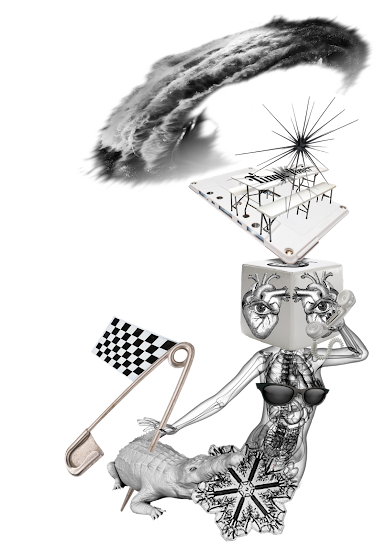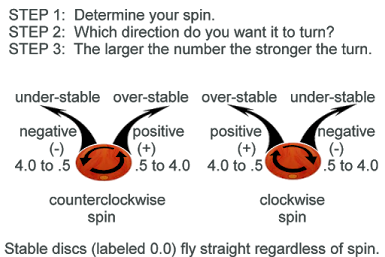The magnitude—on every level of experience and meaning—of the task in
which you have involved me, exceeds all my preconceptions and is
teaching me to extend myself beyond what I thought was possible for me.
For this, I thank you.
⬒
Mark Rothko is the name of an artist whom I chose to admire after my eye discovered his frames in combinations of colors on the walls of some museums where my professors worshiped. This was while I was attending classes (paying these professor's salaries) because everyone I'd trusted, watched, read or obeyed said, "better humans were graduates and the best graduates matriculated." So, after college, when I chose to wring my income from the other lobe of my puzzle-solving grey matter, I succeeded in failure. A mark I branded onto me at the behest of everyone I'd . . . except I today-now know how to no longer see things as a main quest and side quests. I'm this currently-held collection of values. Still, one of the artists I admire:
Mark Rothko wrought a living creating colored panes of light while his life spanned world wars and he weighted his involvement in both American industry and the boom in commerce that it caused (and deserved) against the autumnal strife of his personal theosophical coda . . . is quite a sentence. And, if I failed to italicize the 'Mark...coda' portion of this meta-paragraph: my apologies; but, you understand (or you should—by now) what I'm attempting to accomplish here, don't you?
Mark Rothko is the open, opening, closing or closed window between my best friend and I [she loves him] and that's an opinion people are allowed to possess, is what I re-iterate. She sees the size of blocks of colors which inform her of the type of instrument used to impart that color onto the surface and the deliberate strokes of fluid which must have dried into a slightly lighter tone near the edge where the collection of tones is more direct but not brighter and thinks about how this type of dissociation is leaving another comfortable impression in the after-image when she blinks. While I admire other artists who communicate with more visual complexity, which translates into requires more time (both, for me to fully appreciate the task accomplishment, and for the artist to create it) she derides me by asking, "What it-is about . . ."
Mark Rothko marked his logo in your ego and labelled it the happy baby. Remember? When you watched the ceiling while listening to now become then and then remain now until someone said by bye or nite night and then the streetlights washed the ceiling thru the window's shadow with your contentment of what this all, really, was about. And, was still happening with every prenatal breath? preternatural-questioning breath? conscious breath? We no longer think about the times anchored by tears; those buoys are easy to locate. There were years of happy and decades of content spent inside closed colors shadowing ideas returned to tackle the successes and delineate what exactly the satisfaction sense "felt like". Try this. While keeping in mind the over-arching decision to compare or equate-to cashmere: Imagine being relegated to the chore of picking up all the spilled pumice and putting their fragments in burlap coffee-bean sacks. Now. Create a cashmere equivalent which holds a specific forceful feeling that stands in opposition to that of the gravel-grit abrasion.
Mark Rothko's "magnitude thank-you note" quote was him trying to relate thanks to the art patrons who afforded his ability to find the desire to become [insert word which means best version of one's self]. And he accomplished what he did not know he wanted to accomplish when he started, thru self motivation into experimentation and toward existential realization. Because nothing else matters (a stanza from a Metallica song).









































